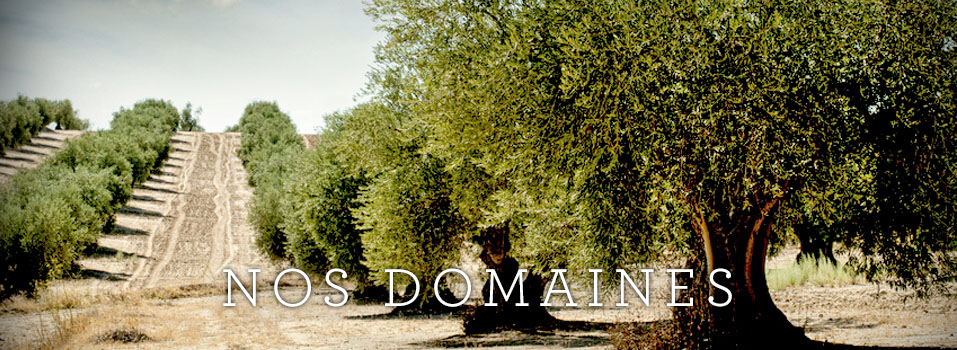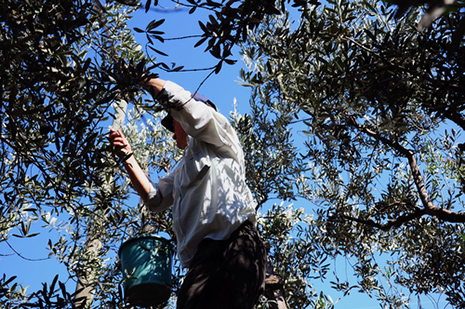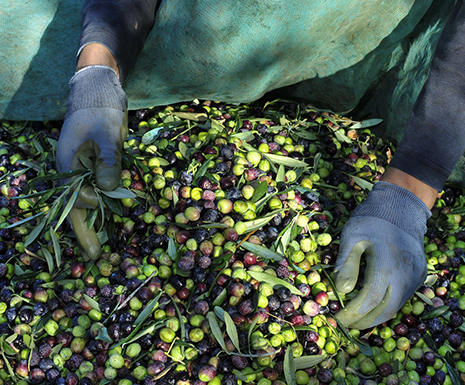

Attention to detail at each stage
Founded in Nice in 1868, Nicolas Alziari sign is not just a simple olive oil brand. This more than a century house is one of the only producers to own both estates, a mill and points of sale in France. In this way, we control each essential stages to produce the best vintages. Our main field counts for hundreds of olive trees just outside city of Nice. We cultivate there several species of olive trees of which the most spread the "cailletier" symbol of our city. We operate several estates with thousands of olive trees on the Côte d'Azur, now the largest producer in the region. We also work with other areas in Europe to offer the amateurs of incomparable finesse and unique signature. Tasting an olive oil Nicolas Alziari, is to offer an unforgettable mediterranean parenthesis.
Respect for nature
The work in the olive groves is done all the year, entirely by the hand in the restanques (hillside plates). We have been using organic products for years; In effect, one can not conceive of cultivating a secular tree without thinking of future generations. Our trees are pampered and are subject to much care and attention. Two periods are important in the development and cultivation of the olive tree. First pruning that will determine and draw the tree for the harvest the following year. This size is made after the harvest, between February and April. It is a long-term job that requires a lot of dexterity but above all a great experience. Olive trees in operation are not cut in the same way as ornamental olive trees. The shafts do not exceed 4.5 m high and the internal branches are cut to allow as much light as possible. Thus the so-called "goblet" size is used to ventilate the tree from the inside, thus avoiding the proliferation of diseases in wet environments. In our establishments, it is estimated that a good size made by one person takes about 1 hour per tree; This represents a colossal job.


Next comes harvest time
We proceed to this one between November and March. In effect, it depends on the maturity of the fruit. The black olive is harvested "rotating", which means when it is halfway between an olive not ripe and a very ripe olive. Resting cultivation (hillsides) imposes certain constraints. Indeed, it is not easy to work with machines that have difficulty evolving in a restricted and very steep environment, so most of the work is done by hand. Then begins the so-called "gaulage" step which consists in "combing" the olive branches with a rake to make the olives fall. The olive tradition in France but also in the world means that nets are placed under the trees a few weeks before the harvest in order to lose no fruit. Concerned about the quality of its products, our house does not use this technique. We only harvest fresh fruit one by one on the day of harvest. We achieve lower yields than our colleagues but we achieve unmatched qualities. The sorting stage, then, consists of separating one by one and by hand the olives that are perfect, that is to say olives full of oil and well oval, of the others. Those which have no visual defect will be intended for table olive and the others for olive oil. Owning our own mill greatly improves the quality of the oils since we press the olives on the same day.




